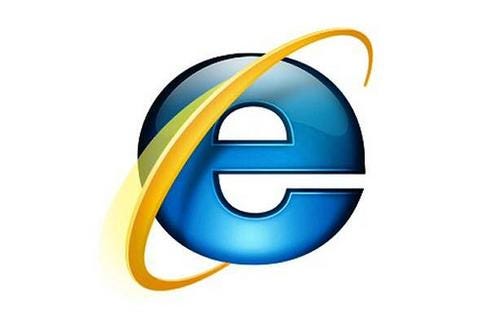Microsoft this week announced the demise of Internet Explorer. Let's reflect on how it evolved over the years.
13 Slides

-
About the Author(s)
Never Miss a Beat: Get a snapshot of the issues affecting the IT industry straight to your inbox.
You May Also Like
More Insights
Webinars







